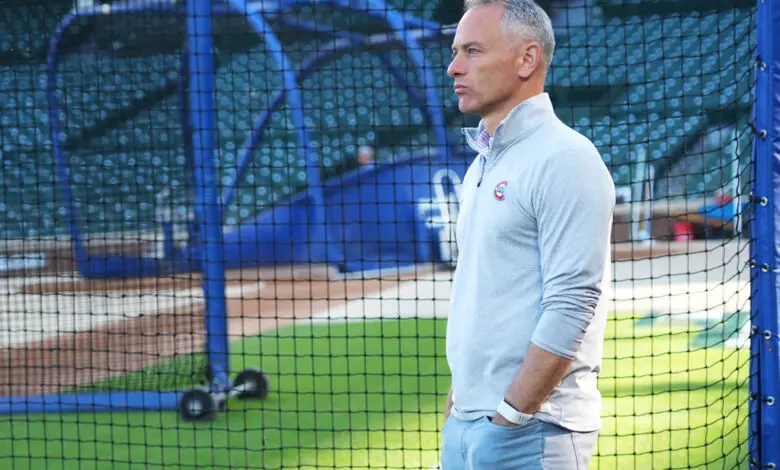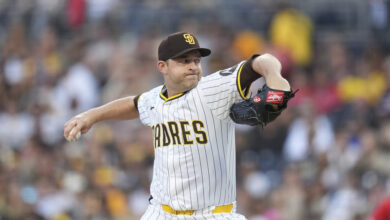
Inevitable CBA Lockout Could Keep Cubs from Spending Big This Winter
Unless something drastic changes over the next 12 months, MLB owners and players are headed towards a lockout after the 2026 season. Whether fans realize it or not, this uncertainty surrounding the potential work stoppage will likely deter a number of teams from spending as much as they normally would this winter. Front offices will still be busy, but players may not necessarily get the long-term deals that they would otherwise expect.
Four different players accepted the $22.025 million qualifying offer on Tuesday, far more than the normal number who opt to forgo free agency for one more year. Trent Grisham, Shōta Imanaga, Gleyber Torres, and Brandon Woodruff all elected against testing the open market.
A record four players accepting the QO could purely be due to the fact that they would prefer a $22M “prove it” deal before seeking a long-term contract next winter. The impending lockout is surely another factor, with players considering one-year deals before the collective bargaining agreement changes contract terms next winter. The QO could merely be a preset value for the contract they would have sought.
If the players are worried about the changes that could be coming to baseball’s financial structure, front offices and ownership will be as well. The Cubs have one of the highest revenues in the sport, but their payroll doesn’t reflect this. Jed Hoyer opted to stay under the first luxury tax threshold in 2025, resetting the penalties after barely surpassing the mark in 2024. With the punishments reset, this feels like a perfect opportunity to use their financial might to take control of the division for the next several years.
how much revenue each MLB team generated last year, and how much of that is going towards their payroll this year pic.twitter.com/UAZmHhaR8a
— BrooksGate (@Brooks_Gate) March 29, 2025
Based on the estimates from FanGraphs’ Roster Resource, the Cubs have around $52.5 million in buffer before reaching penalty levels. That seems like a lot, but paying a top-of-the-rotation arm and a big bat to replace Kyle Tucker will burn through those funds rather quickly. Hoyer still needs to assemble a bullpen and bench with that money as well. Even if they stick with a budget bullpen model, they have to replace so many arms that it’ll still be costly.
Some may say that the graphic above shows how they’re spending intelligently, or that spending that much more than the Brewers should guarantee more success all on its own. And though each argument may have a little merit, it’s pretty telling to see what resources the Ricketts have compared to what they’re using on payroll. That imbalance should be even greater after this past season, when the Cubs hosted five playoff games and sold postseason merchandise that boosted their revenue numbers even more.
There have already been some reports from Cubs-friendly sources that their financial flexibility will be limited, which should come as no surprise to many of you. But with a successful season behind them and so many of their current deals falling off the books after this year, now would seem like a great time to go for it. We’ll find out soon enough whether they view the looming labor impasse as an opportunity or an excuse.

